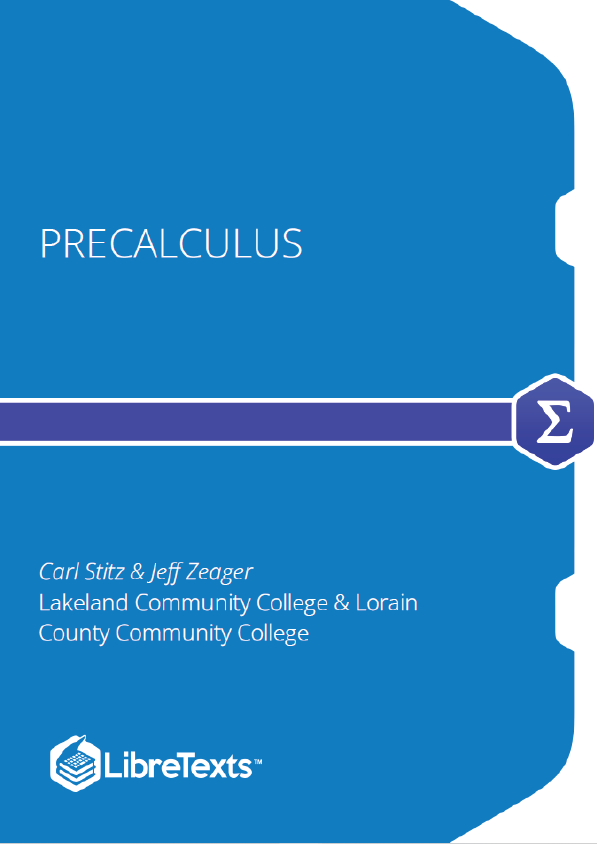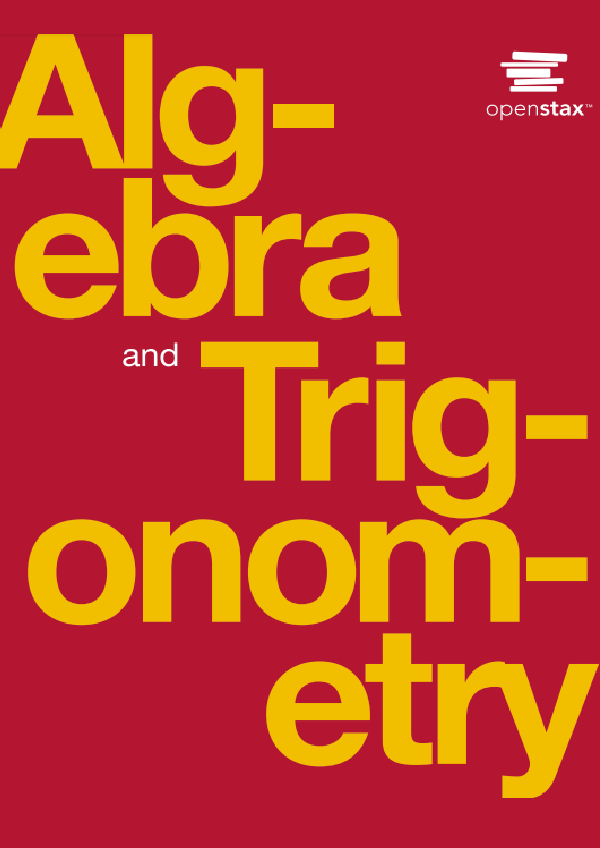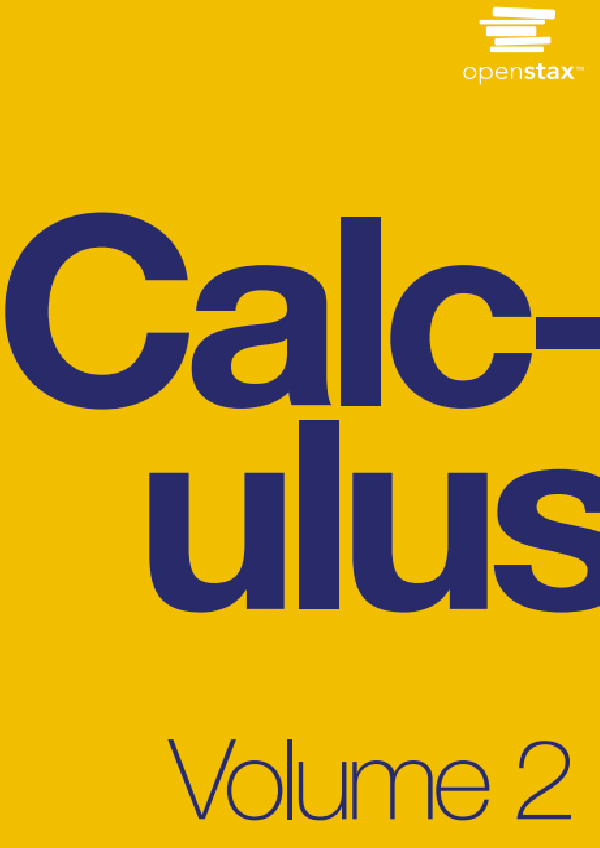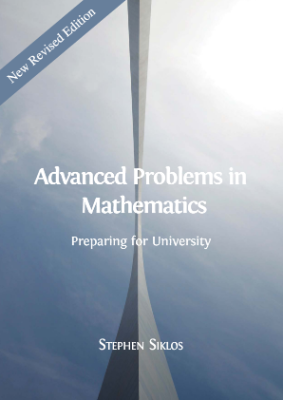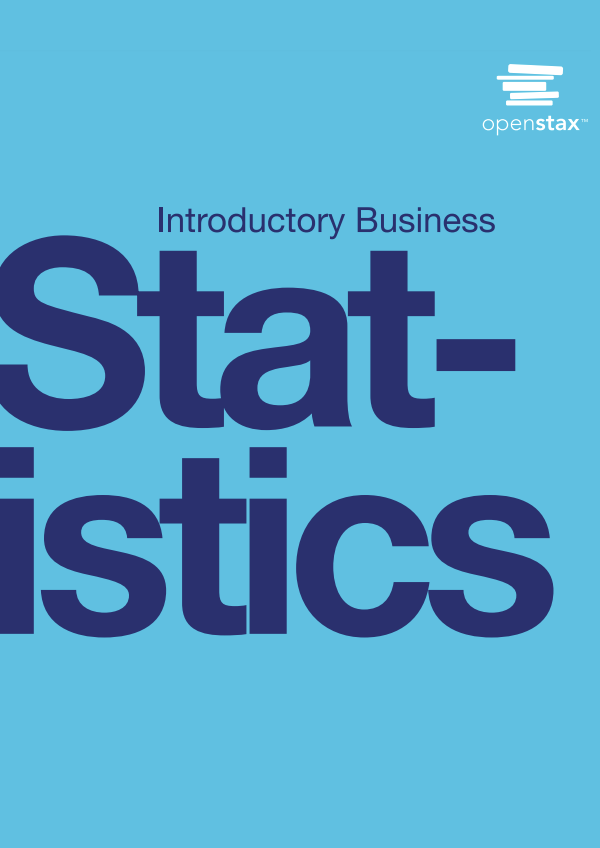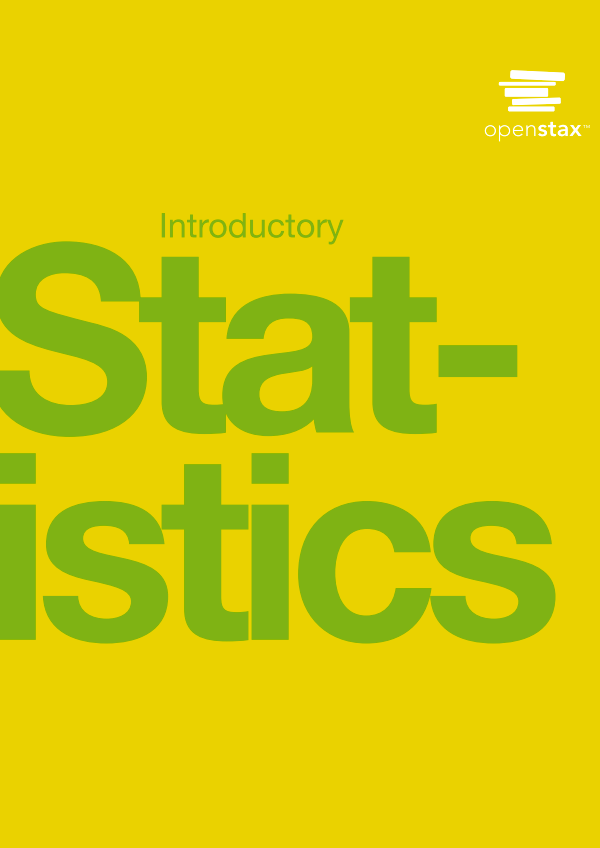Sets of Real Numbers and the Cartesian Coordinate Plane
Sets of Numbers
While the authors would like nothing more than to delve quickly and deeply into the sheer excitement that is Precalculus, experience has taught us that a brief refresher on some basic notions is welcome, if not completely necessary, at this stage. To that end, we present a brief summary of ‘set theory’ and some of the associated vocabulary and notations we use in the text. Like all good Math books, we begin with a definition.
The Cartesian Coordinate Plane
In order to visualize the pure excitement that is Precalculus, we need to unite Algebra and Geometry. Simply put, we must find a way to draw algebraic things. Let’s start with possibly the greatest mathematical achievement of all time: the Cartesian Coordinate Plane. Imagine two real number lines crossing at a right angle at as drawn below.
In our previous example the graph had two x-intercepts, (−1, 0) and (1, 0), and one y-intercept, (0, 1). The graph of an equation can have any number of intercepts, including none at all! Since x-intercepts lie on the x-axis, we can find them by setting y = 0 in the equation. Similarly, since y-intercepts lie on the y-axis, we can find them by setting x = 0 in the equation. Keep in mind, intercepts are points and therefore must be written as ordered pairs. To summarize,
Given an equation involving x and y, we find the intercepts of the graph as follows:
- x-intercepts have the form (x, 0); set y = 0 in the equation and solve for x.
- y-intercepts have the form (0, y); set x = 0 in the equation and solve for y.
Some relations are fairly easy to describe in words or with the roster method but are rather difficult, if not impossible, to graph. Discuss with your classmates how you might graph the relations given in Exercises 37 – 40. Please note that in the notation below we are using the ellipsis, . . . , to denote that the list does not end, but rather, continues to follow the established pattern indefinitely. For the relations in Exercises 37 and 38, give two examples of points which belong to the relation and two points which do not belong to the relation.
The procedures which we have outlined in the Examples of this section and used in Exercises 41 – 52 all rely on the fact that the equations were “well-behaved”. Not everything in Mathematics is quite so tame, as the following equations will show you. Discuss with your classmates how you might approach graphing the equations given in Exercises 53 – 56. What difficulties arise when trying to apply the various tests and procedures given in this section? For more information, including pictures of the curves, each curve name is a link to its page at www.wikipedia.org. For a much longer list of fascinating curves, click here.
